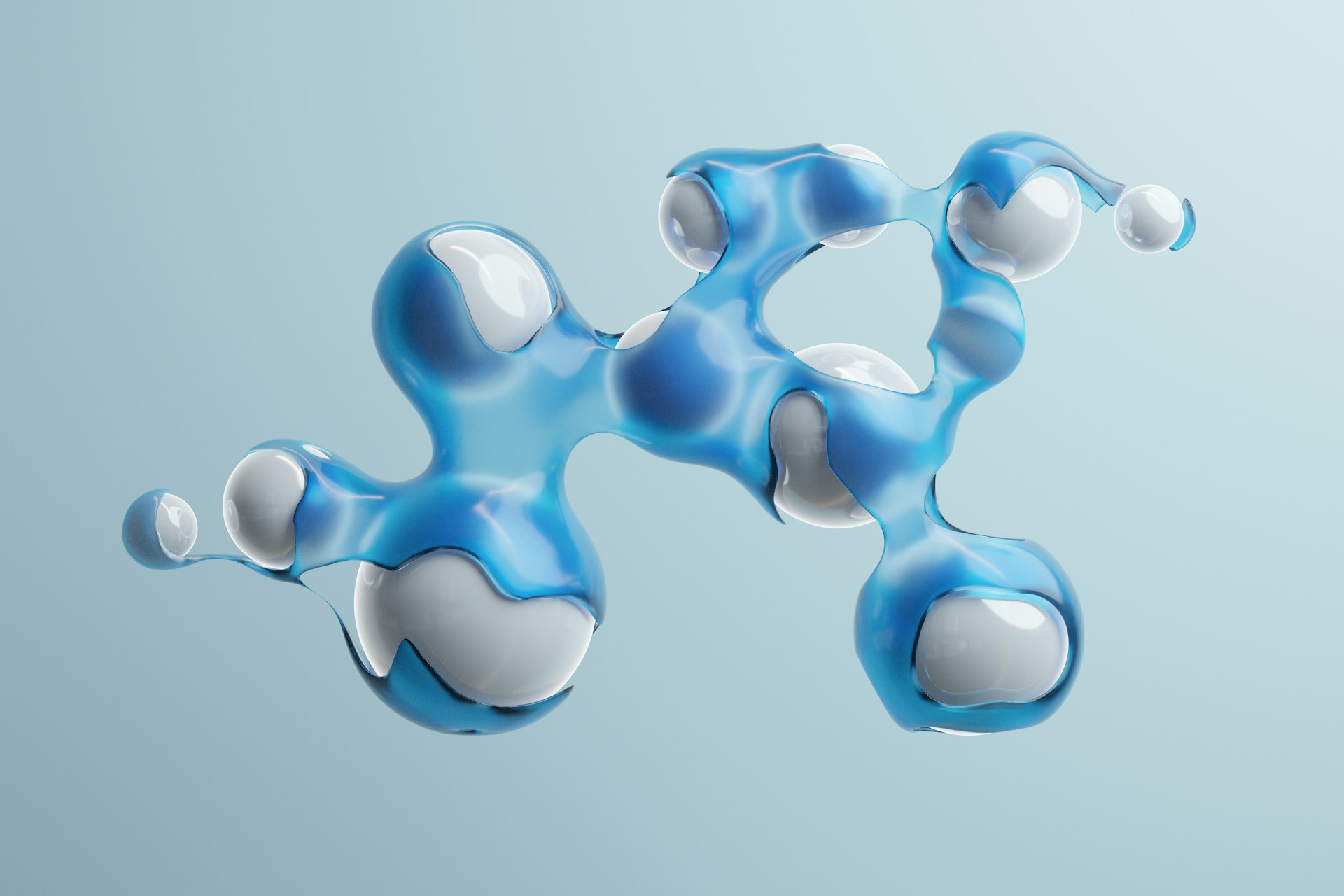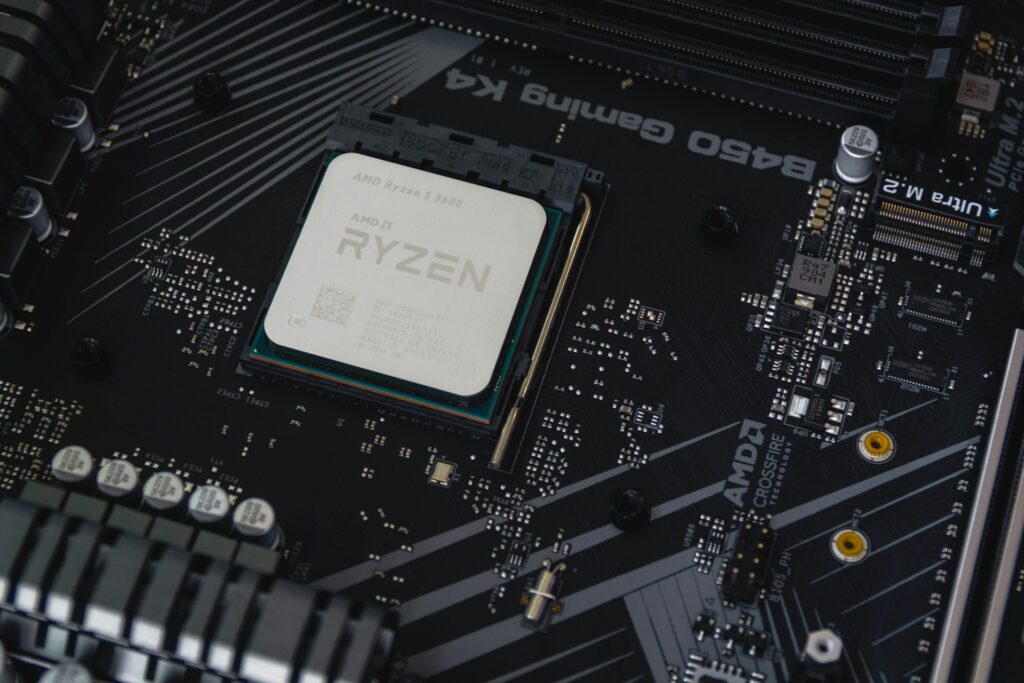Professor Niels Madsen, Deputy Spokesperson for the ALPHA collaboration at CERN and lead author of the study from Swansea University have contributed a key advance in antimatter research at CERN, demonstrating a trapping technique that increases the number of captured antihydrogen atoms by more than an order of magnitude. The work was carried out within the Antihydrogen Laser Physics Apparatus (ALPHA) collaboration.
Akbari, R., de Araujo Azevedo, L. O., Baker, C. J., Bertsche, W., Bhatt, N. M., Bonomi, G., Capra, A., Carli, I., Cesar, C. L., Charlton, M., Cridland Mathad, A., del Vincio, A., Duque Quiceno, D., Eriksson, S. J., Evans, A., Ewins, J., Fajans, J., Friesen, T., Fujiwara, M. C., … Wurtele, J. S. (2025). Be+ assisted, simultaneous confinement of more than 15000 antihydrogen atoms. Nature Communications, 16(1), 10106. https://doi.org/10.1038/s41467-025-65085-4
The new approach strengthens long-term efforts to understand why the universe contains so much more matter than antimatter. According to standard cosmology, the Big Bang should have produced equal quantities of both. Antihydrogen; the antimatter version of hydrogen; is one of the most accessible systems for examining this asymmetry, as it consists of only two particles: a positron and an antiproton.
Previous trapping methods limited the number of antihydrogen atoms available for study. Experiments typically produced about 2,000 trapped atoms in a full day of operation, restricting the range of measurements that could be carried out in gravity tests, spectroscopic studies, and symmetry investigations.
The Swansea-led team has introduced a method that uses laser-cooled beryllium ions to cool positrons to temperatures below 10 Kelvin, significantly lower than the roughly 15 Kelvin previously achieved. These colder positrons interact more efficiently with antiprotons, forming antihydrogen at a higher rate and enabling many more atoms to be confined simultaneously.
Professor Niels Madsen, from Swansea University stated,
“This fantastic achievement was accomplished by the dedication and collaborative efforts of many Swansea graduate students, summer students and researchers over the past decade. It represents a major paradigm shift in the capabilities of antihydrogen research. Experiments that used to take months can now be performed in a single day.”
This improvement allowed the ALPHA apparatus to trap around 15,000 antihydrogen atoms in under seven hours—its highest yield to date. The result supports a new experimental regime in which tasks that once required several weeks of continuous operation can be carried out in a single day.
The work aligns with recent developments from across CERN, where multiple antimatter experiments—including ALPHA-g, BASE, and GBAR—are exploring gravitational behaviour, charge-to-mass ratios, and precision spectroscopy of antimatter systems. Greater trapping efficiency directly supports these projects by providing more atoms for measurement and reducing statistical uncertainty.
Professor Niels Madsen, Deputy Spokesperson for ALPHA and lead author of the Nature Communications paper, noted that the idea behind the technique was first considered more than a decade ago. He explained that seeing it implemented successfully is an important moment for the collaboration and offers a platform for future advances.
Ph.D. researcher Maria Gonçalves described the early tests as immediately promising, doubling the trapping performance on the first day and demonstrating the efficiency of the cooling scheme. She said the improvement has opened a path to experiments that were not previously practical due to limited particle counts.
Dr. Kurt Thompson highlighted the sustained effort behind the achievement, crediting graduate students and researchers who contributed to the development of the apparatus and cooling method over many years. He noted that the ability to produce high-yield samples of antihydrogen changes the experimental workflow within ALPHA and will enable more frequent and detailed measurements.
The enhanced trapping now available positions ALPHA to carry out deeper investigations into the behaviour of antimatter under gravity, the precision of atomic transitions, and the potential differences between matter and antimatter that could explain the asymmetry of the observable universe.
As CERN moves toward higher-precision antimatter research, the Swansea team’s contribution marks an important step toward expanding the scientific reach of antihydrogen studies.

Adrian graduated with a Masters Degree (1st Class Honours) in Chemical Engineering from Chester University along with Harris. His master’s research aimed to develop a standardadised clean water oxygenation transfer procedure to test bubble diffusers that are currently used in the wastewater industry commercial market. He has also undergone placments in both US and China primarely focused within the R&D department and is an associate member of the Institute of Chemical Engineers (IChemE).



